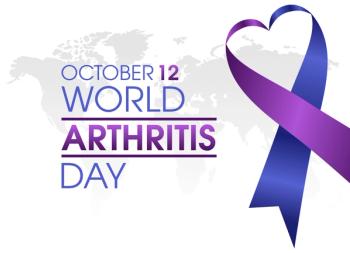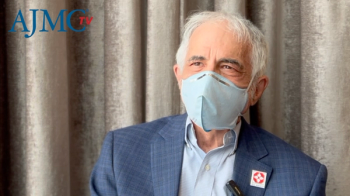
Managing Sickle Cell Disease: Innovations, Limitations Within Evolving Standards of Care
In the evolving treatment landscape for sickle cell disease, current standards of treatment involve 4 drugs that have been FDA approved, with further innovations and limitations adding to the paradigm of care.
In the evolving treatment landscape for sickle cell disease (SCD), current standards of treatment involve 4 drugs that have been FDA approved, with further innovations and limitations adding to the paradigm of care.
SCD is a heterogenous disease linked with global morbidity and early mortality. In a review published in the Mediterranean Journal of Hematology and Infectious Diseases, study author Samir Ballas, MD, FACP, emeritus professor of medicine and pediatrics at Thomas Jefferson University, describes how current treatment for SCD falls into 3 categories: FDA-approved treatments, failed/discontinued drugs, and those actively being considered for potential efficacy.1
Currently, only 4 drugs have been approved by the FDA (hydroxyurea, L-glutamine,
However, Ballas notes that the majority of these drugs were developed for indications other than SCD, unlike other rare diseases such as cystic fibrosis and hemophilia. “The reasons for this disparity are not known. The complex pathophysiology of SCD, its protean clinical manifestations and the suboptimal interest from funders and scientists may be some of the reasons,” said Ballas.
The costs associated with these treatments have become a cause of concern as well, with a study published in the journal Quality of Life Research showing that 29.4% of surveyed patients (n = 303) stating that difficulty affording services was a major barrier to accessing SCD treatment.2 In the study, nearly half of the patient sample (47.2%) experienced 4 or more VOCs in the past 12 months, contributing to greater impacts on social functioning, absenteeism, overall productivity loss, and activity impairment than in patients with less frequent VOCs (P <.05).
The financial impact on patients with SCD can be substantial when VOCs are not properly treated, as they can impede work productivity and contribute to early mortality, which
Opioid Use Among Patients With SCD
Providing care for SCD, especially during VOCs, requires the use of opioids to manage pain deriving from complications. The physical and/or psychological dependence risks associated with opioids have become well known, but limiting or discontinuing use has been advised against due to the impact on patients who require the medications to function.
In an article by
To assist in managing opioid distribution, HHS
References
1. Ballas SK. The evolving pharmacotherapeutic landscape for the treatment of sickle cell disease [published online January 1, 2020]. Mediterr J Hematol Infect Dis. doi: 10.4084/MJHID.2020.010.
2. Rizio AA, Bhor M, Lin X, et al. The relationship between frequency and severity of vaso-occlusive crises and health-related quality of life and work productivity in adults with sickle cell disease [published online January 13, 2020]. Qual Life Res. doi: 10.1007/s11136-019-02412-5.
Newsletter
Stay ahead of policy, cost, and value—subscribe to AJMC for expert insights at the intersection of clinical care and health economics.

















































